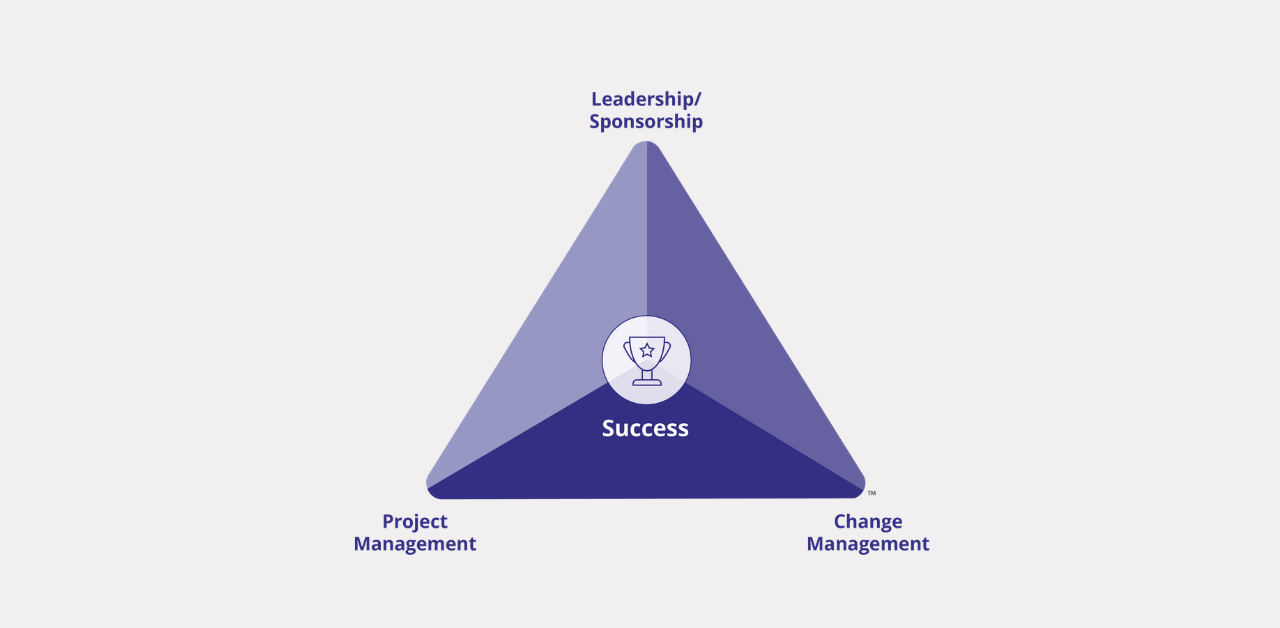How do you feel about returning to face-to-face work?
What’s your attitude to the new travel requirements for when you have to you travel to other countries?
If you are about to embark on a course of study, what are your thoughts about it now being delivered entirely remotely?
What do you think about the latest overnight update by Microsoft to Teams which means that on your preferred monitor configuration you now seem to be unable to view attendees’ videos when you are in full screen presentation mode?
The list could go on and on. We all face changes, every day, in our personal, work and community lives. Change is necessary, inevitable and some days it can feel unrelenting. I would add that resistance to change is also necessary, inevitable and some days can feel unrelenting. It is worth reflecting on this for a moment: that we have experienced that spark of annoyance or curiosity about a change, the uncertainty of the what and the why, the nervousness about what it will be like after the change, are natural reactions.
The neurologists tell us change resistant thoughts and behaviours originate in the amygdala, the bits (we have two amygdalas) of our brains where emotions are given meaning, are remembered, and are attached to associations and responses to the associations. Sometimes described as the “fight or flight response”, that moment of metaphorical, or actual, step-back from a change - the instantaneous and instinctive thought: “I don’t like that; I don’t want that change – is an essential act of self-preservation. That’s why I suggest that resistance to change is necessary, inevitable and acknowledge that some days such resistance can feel unrelenting.
I’ve been working with the Prosci® change management methodology for the best part of 20 years and one of the key underpinnings of the approach that has kept me coming back, time and again, with a range of changes in all sorts of circumstances, is the beautifully simple ADKAR® model. You can learn more about the model here, but essentially it is a model for individual change which mirrors how we, as humans, process, react and work to overcome our own unique barriers to a change. The word ADKAR is an acronym comprised of the first letter of the five building blocks that each of us have to work through each time we face a change, whether that change is at work grappling with something as prosaic new the Teams (or Zoom, or WebEx) set-up, or at home in the UK, coming to terms with the latest Covid-19 social-distancing requirements, or as tired travellers to Europe no longer able to enjoy the speedy EU channel to clear the airport. The five blocks are Awareness, Desire, Knowledge, Ability and Reinforcement. As individuals we can experience barriers – resistant thoughts and behaviours – to a change at any of these points.
For me, taking time to recognise and acknowledge my barriers to a change, and to plan and take action to help me reconcile and get onboard with a change, has been critical to my successful navigation of shifts, transformations and changes over the years. It’s not a magic wand, but I have found reflecting on the following questions and working through my replies, has been the key to me overcoming my barriers to change.
Download: The ADKAR Model eBook
Awareness
- What is my understanding, at a high level, of what this change is and why it is happening?
- How clear am I clear about the timings and why the change is happening now?
- What are the benefits of making this change?
- What’s at risk if this change doesn’t go well?
- What’s not changing – what’s staying the same?
- Who I can talk to if I’m not sure of any of this detail?
Desire
- What do I get out of making this change – what’s in it for me?
- What does my team/my family/my people get out of making this change – what’s in it for us?
- What am I being asked to give up or leave behind as a result of this change?
- What do I stand to gain as a result of this change?
- What compromises might I need to make?
- What are those compromises worth to me, and what are my options if I am not prepared to make the needed compromises?
- Who I am comfortable talking to if I’m not sure of this detail?
Knowledge
- What training am I going to be offered to be ready for this change?
- What skills/know-how/”smarts” will I need to be successful in this change?
- How up am I for acquiring these new skills and know-how?
- Which of these skills and know-how have I already got and which do I need to top-up, update or acquire for the first time?
- How far does the idea of updating my skills daunt or excite me and what’s driving that?
- Who I can talk to if I’m not sure of any of this detail?
Ability
- (Assuming I get the training I need) how confident am I that I will be able to do this change?
- What effort (time, resource, interest) will I need to put in after my training to convert my newly acquired skills into capability and competence?
- What’s my appetite for putting in this “conversion effort”?
- What support mechanisms can I put in place to help me to successfully convert the skill to competence, eg, protect time in my diary, book some sessions with a coach, practice opportunities, peer feedback?
- Who’s going to be in my “cheerleader squad”, encouraging me to deep proficiency in this change and waving metaphorical pom-poms in my face when I miss practice?
Reinforcement
- What is going to motivate me to stick with this change (eg, self-actualisation, self-satisfaction, being an early-adopter, admiration of others, promotion, bonus)
- What factors could demotivate me on this change and how best do I recognise them arising?
- From whom do I want to hear: “well done and thank you” in respect of this change and do they know I want to hear from them?
- How will I measure – quantitively and qualitatively – that I have successfully made this change?
- How will I reward myself for successfully making this change?
- Who’s going to be in my cheerleader squad, jumping up and down and flipping backwards, celebrating with me when I successfully sustain this change and for how long will I need them around to ensure this change really sticks?
I call these my Big W questions and, over the years, have applied them to changes as profound as career change to as humdrum as changing electricity suppliers. Give them a go and see if they help you. We would also love to hear from you about your techniques and tactics for identifying barriers to individual change and how to overcome them. Now, I must go and get to grips with that new Teams set-up…
Learn more
For a deeper dive into the ADKAR model, read the Prosci® ADKAR Model Overview eBook to get a complete view of how to tackle resistance at every milestone of the Prosci® ADKAR Model.


